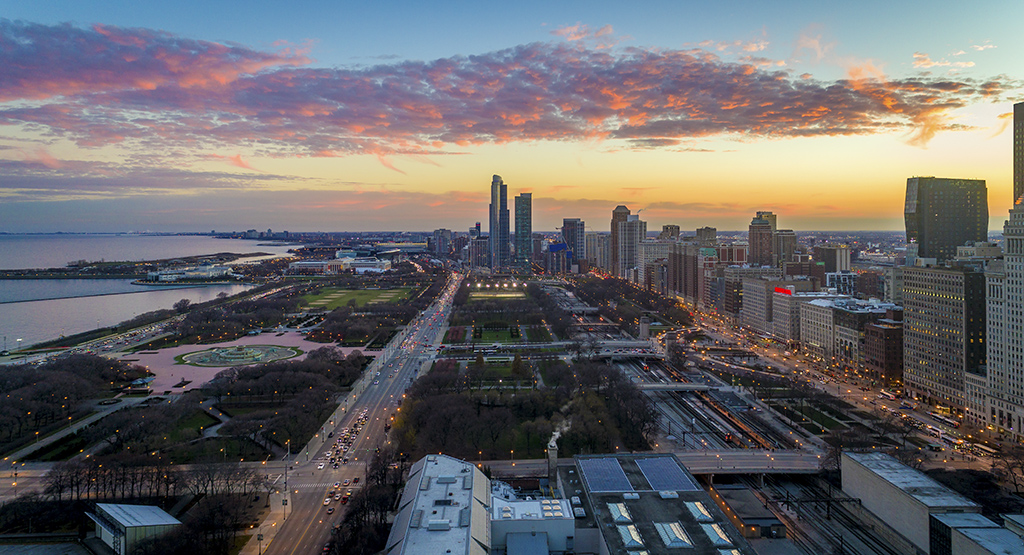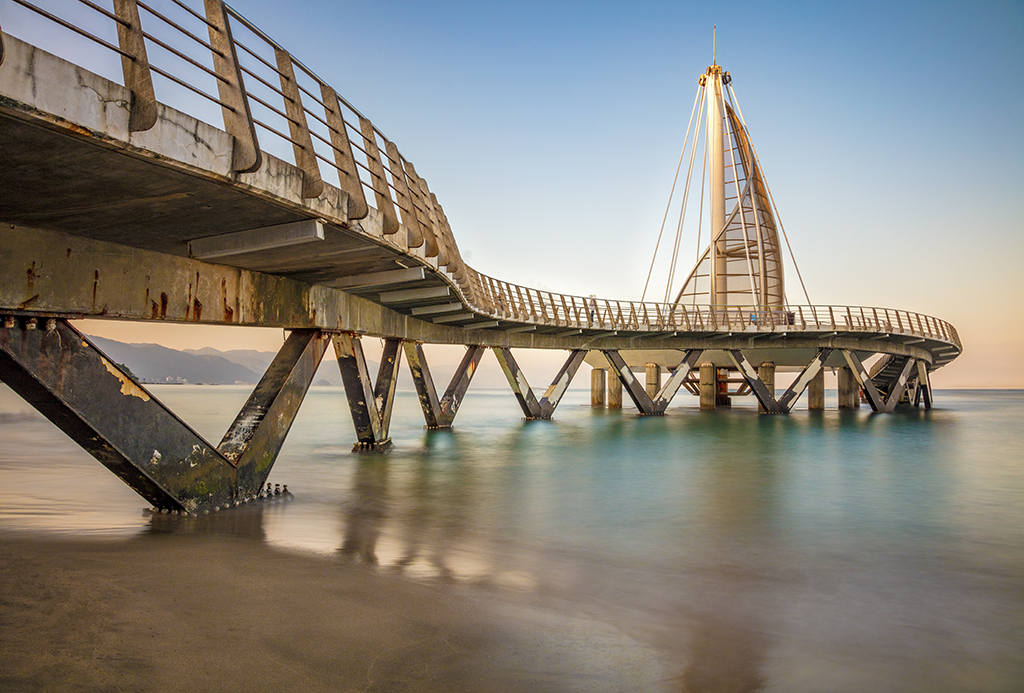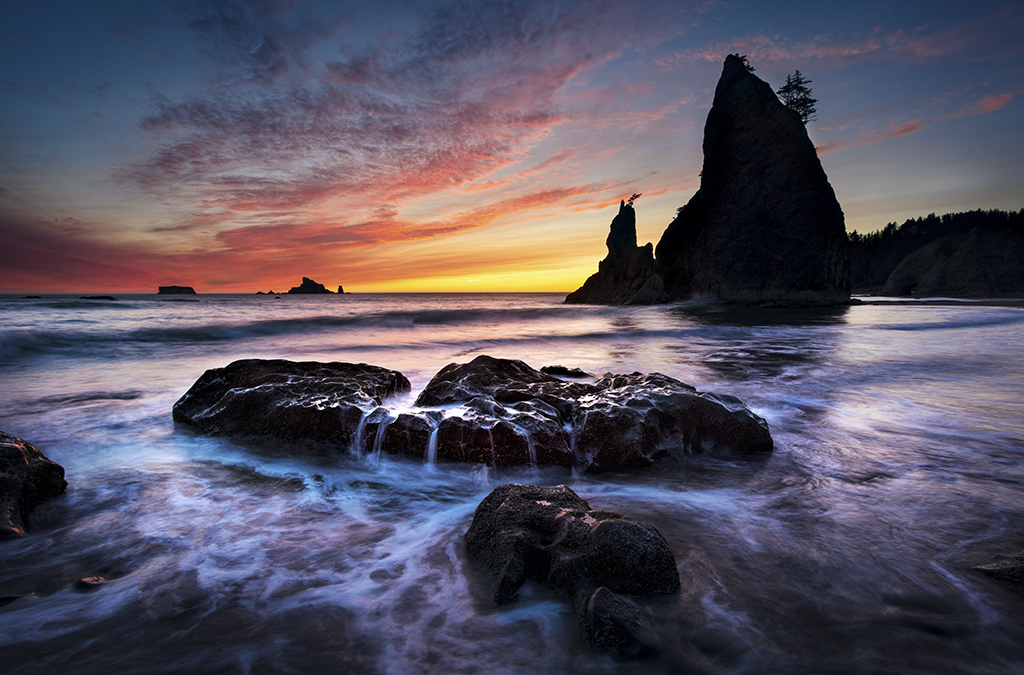If you are reading this, it is because you have a passion for creating great photographs. You think a lot about how to improve your photos. You work at it. Probably a lot. So let’s talk a little about how to do that. Specifically, what does it take?
But First, What It Doesn’t Take
You probably already know a few things. You know what it doesn’t take. Let’s knock out some of the things it doesn’t take first.
- It doesn’t take talent. We can debate the extent to which talent exists and matters at all, but when it comes to great photographs there can be no dispute that talent won’t get you there. It only takes you so far. Most of what it takes to create great photographs is learned.
- It doesn’t take art school or specialized training. We have all seen the work of fantastic self-taught photographers. There may be more great photographers without any school or training than there are great photographers with it.
- It doesn’t take a deep knowledge of scientific principles to create great photos. Understanding the science behind cameras, optics, and pixels is nice, but it really does very little for you in terms of getting great pictures. I suspect we all know camera geeks who know everything about the technical stuff but cannot take a good picture to save their lives.
- It doesn’t take the latest and greatest gear either. You’ve no doubt encountered people – usually at camera stores – with the latest and greatest who cannot take a good picture as well. This one confuses people sometimes, because they see great photographers using the top gear, so they assume the gear is the cause. Just understand that the expensive gear is not the cause of the great pictures, but rather a symptom of the illness that causes these photographers to spend every waking moment trying to create great photos.
And Now The Obvious Answer
That leads us to what it does take to create great photos. You probably have a pretty good idea of what it takes, and that is effort. Lots of it.
But what does that mean? Effort at what? At studying? Or shooting? Or planning shots? Or at editing? And how does this effort translate into great photographs? Saying that great photography requires a lot of effort is pretty obvious, and frankly seems somewhat unhelpful.
Let’s see if we can make it more concrete.

What I Learned From Two Giants
In that regard, I recently came across the views of two different world class photographers. Both expressed concrete views and action steps for the creation of great photos. Let’s start with them.
Giant #1: Joe McNally
The first one is Joe McNally. If you aren’t familiar with him, he is a former National Geographic and Life magazine photographer who has had his pictures on the cover of every major magazine you can think of. He still does assignments and spends a lot of his time teaching and lecturing. I have been to a few of his live presentations and watched hours and hours of video of him teaching. He is pretty amazing.
In a recent view of him I watched, McNally was critiquing the work of others. There were largely street and portrait photographers, so all the work involved pictures of people. As he critiqued the photographs, one theme kept coming up. That was that it appeared to him that the photographer had just captured what they thought was a special moment, and that was it. After that, they moved on, proud of the special moment they had captured. McNally kept stressing that the photographer needed to continue to work with that subject or scene.
You are probably not surprised that he was telling the photographers to take more than one picture. We all know that we should do that. But when McNally got into how he would approach the scene, the extent of the effort became clear, and it was somewhat surprising. In the case if a photo of a guy doing some sort of mechanical work, he talked about how he would approach it. Obviously, he stated that a few shots was insufficient. But then he made it clear that even 10 – 15 shots was inadequate. Rather, McNally said that in order to feel like he had captured this scene, he would need to spend all day there photographing the same subject.
An entire day photographing one guy!
Giant #2: Jay Maisel
Next, I want to talk about the approach of Jay Maisel. If you aren’t familiar with him, he is a New York photographer that has been working professionally since the 1950’s. He has photographed everyone from Miles Davis to Marilyn Monroe and he has many, many famous New York street scenes to his credit. You’ve probably seen some of them, even if you didn’t know it.
I watched a series of videos on KelbyOne where Scott Kelby spends a day walking around New York with Jay Maisel shooting and asking him questions. At some point, Scott expressed amazement that Jay was getting all sorts of shots that he wasn’t even seeing. Jay asked him if he knew why that was, and Scott confessed that he did not. Jay then matter of factly told him it was because Scott didn’t shoot every day. Jay went on to use the analogy of a weight lifter who wants to get better at lifting weights. There is only one way. Lift weights every day. The same goes with photography.
The extent of this became even more clear throughout the video series (there are actually two of them). Jay has been walking around shooting in New York every day for years. He covers the same places over and over again. Until recently, he owned his own 5 story building in New York that was filled him negatives, slides, and prints from his years of doing so. It makes sense, doesn’t it? If you photograph every single day and you do it for years and years, you will end up with some great photographs.

Turning All This Into A Practical Approach
That should give you some idea of the level of effort that is required for us to get great photographs. Now let me try to translate that into something you can use in your photography. I have to preface this by saying that I’m nowhere near the league of these photographers, so please don’t take this like I’m pretending that I am. There are just things that I see outdoor photographers doing that I think I can help with using the lessons from these photographers.
1. When to Shoot
When I review the work of others, a few things keep coming up. The first is that often they are shot in the middle of the day. It is really, really difficult to take a great outdoor photo in the middle of the day. Why do so many people seem to do that? Because it is convenient. Because that is when stuff is open. Because it is easy to sling a camera over your shoulder and walk around in your normal routine and try to capture a few photos.
To get special photographs, you need to break out of this comfort zone. It isn’t fun, but you need to get up early. That’s when the best light is. That’s when the sky looks the best. That’s when you get interesting colors. Or you need to stay out late. And you need to do it often. You need to apply the level of effort we have been talking about in this article.
Of course, I’m directing these comments at those who shoot landscapes and other outdoor scenes. That’s partly because that’s what most readers seem to be interested in, and partly because the comments from McNally and Maisel apply to other types of photography (largely portraits and street scenes). Some types of photography can be done all day, but not landscapes. Not good ones anyway.
2. Where to Shoot
The next thing that needs to happen is that you have to do something more than go down to the local park. You need to find special places to take your photographs.
Sure, it is convenient to just stroll down to the park that is a few blocks from your house, but that’s not where you’re likely to get great photographs. Is it technically possible? Yes. But is it very likely? No. You need to apply a level of effort to picking and getting to these locations.
3. How Much to Shoot
And from there you need to increase the level of shooting. That is true in terms of the number of days (think Maisel) and the effort you put into those days (think McNally).

How to Keep the Fire Burning
But now we reach the crux of the issue. How do you go about doing that? Do you just force yourself to go out and take more pictures?
What about, for example, one of those “365 projects” where you force yourself to take pictures every day for a year? You can do that if you want, but for me that’s just not the answer. Because we run into another phenomena, and that is the level of interest that is required to create great photographs.
If it isn’t fun, you aren’t going to do it. Just forcing yourself to photograph every day doesn’t seem like that great an idea. I don’t think it is sustainable and I think it would ultimately ruin photography for you. In addition, if you don’t have a sincere interest in the subject matter you are shooting, that is going to come across. Your pictures will be ordinary.
So what is the answer? To some extent that is personal. It will change depending on the individual. I do have one answer though. That answer is to make up trips and outings for yourself. To the extent you can get away from home and work, hit the road and go photograph in scenic spots. That may involve flying somewhere or just a roadtrip. In addition, even if you cannot get away from a weekend, make up little outings for yourself around town. Think about places you’ve been meaning to get. Pick one spot, and then kill it.
Get out your calendar and fill it up with these trips and outings. Make this the year you improve by leaps and bounds.

